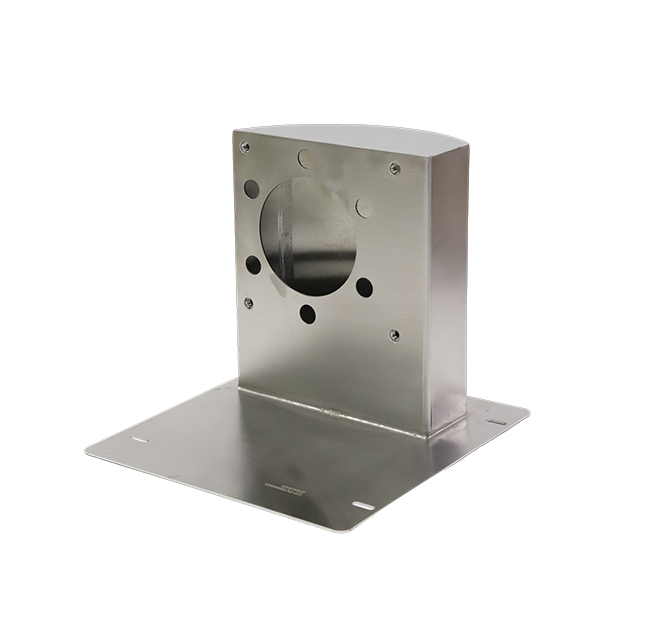Time:2025-07-01 Views:0 source:CNC Machining customization source:CNC Machining news

Springback is a phenomenon that occurs when sheet metal elastically recovers its shape after the removal of the forming forces during bending or stamping operations. It can cause significant dimensional inaccuracies, making it difficult to meet the required specifications of the sheet metal parts. To address this issue, various springback compensation methods have been developed.
One common approach is the use of empirical formulas and trial - and - error methods. Based on past experience and experimental data, manufacturers can estimate the amount of springback for a particular sheet metal material and forming process. They then adjust the tooling design or the forming parameters accordingly. For example, if the expected springback is a certain angle, the bending die can be designed with a counter - angle to compensate for the springback during the forming process. However, this method may require multiple iterations and may not be very accurate for complex parts or new materials.
Finite element analysis (FEA) has become a powerful tool for springback compensation. FEA software can simulate the sheet metal forming process, taking into account factors such as material properties, tooling geometry, and forming conditions. By analyzing the simulation results, engineers can predict the amount and direction of springback accurately. They can then modify the tooling design, such as adjusting the bend radius or adding additional support structures, to compensate for the predicted springback. This virtual approach saves time and cost compared to traditional trial - and - error methods and enables more precise springback control.
Another method is the use of active springback compensation systems during the forming process. These systems use sensors to monitor the deformation of the sheet metal in real - time. Based on the measured data, the forming parameters, such as the applied force or the position of the forming tool, can be adjusted dynamically to counteract the springback. For example, in some advanced stamping presses, servo - controlled systems can precisely control the force and speed of the forming process to minimize springback.
In addition, material - related techniques can also be used for springback compensation. Using materials with lower elastic modulus or applying heat - treatment processes to change the material properties can reduce the tendency of springback. These methods, when combined with other compensation strategies, can effectively improve the dimensional accuracy of sheet metal parts and enhance the overall quality of sheet metal processing.
Read recommendations:
Sealing ring Precision electronic parts
Housing components for recessed downlights Precision electronic parts
Oval Magnetic Hardware Precision electronic parts
CNC Machining Dimension Accuracy
CNC processing factory - Meeting customers' strict requirements for precision